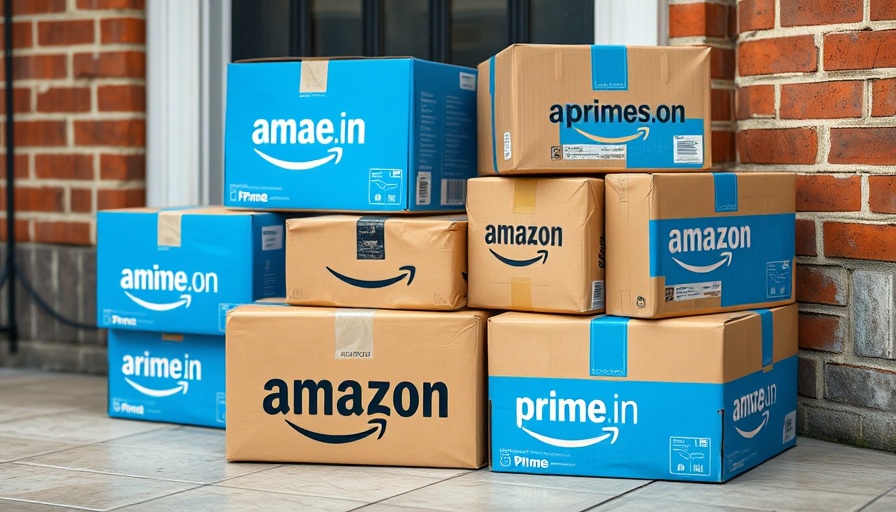
Amazon's New Policy: Understanding the Changes
Amazon Prime has long been a bastion of convenience for shoppers, providing not just faster shipping but also an array of riveting services that enhance home entertainment and everyday living. However, a significant shift is happening: starting October 1, 2025, Amazon will restrict its Prime benefits sharing to a single household. This change means that former Prime invitees—friends or family members living at different addresses—will lose access to cherished features, such as expedited delivery and shared streaming services.
What Does This Mean for Households?
The essence of the change revolves around the newly branded "Amazon Family" program. Under this new structure, sharing Prime benefits is strictly limited to individuals who reside at the same address. So, if you’ve been sharing the perks of Prime with your college children or siblings in different cities, they will soon need to have their own subscription to take advantage of these features. However, if you have members of your household who are 18 or older, you can still share the Prime music service, allowing for ad-free listening, albeit with limited shuffle capabilities.
The Impact on Your Wallet
While the move is sure to streamline operational aspects for Amazon, it raises critical questions about the financial implications for consumers. For households that have relied on sharing a Prime membership to mitigate costs, the transition could bring about a sudden spike in monthly spending as multiple households may have to subscribe separately. An insightful estimate could show a considerable increase in the collective spend for Prime services, potentially dampening the affordability that many users are accustomed to. It’s worth re-evaluating your household's subscription based on your purchasing habits.
Future Trends: Revisiting Membership Models
This latest development at Amazon could indicate a broader trend within subscription models, as many companies move towards tighter controls on access and sharing. With platforms echoing similar concerns about account sharing, other services could follow Amazon's lead, realigning how households access shared digital content. Understanding these trends is crucial for consumers as it might lead to decisions that could reshape their usage of various subscription services.
Potential Competitive Changes in the Market
As Amazon shifts its policies, it’s also essential to keep a close eye on competitors who might leverage this opportunity to attract disgruntled customers. Platforms like Netflix and Hulu, recently under scrutiny for their own password-sharing policies, could enhance their offerings to entice those looking for more open sharing options. Your household may find itself weighing these alternatives against the restrictions imposed by Amazon, exploring platforms that allow more flexible sharing policies.
Insights for Today's Consumers
For homeowners aged 40-65, the tightening of Prime benefits can evoke a variety of reactions. Many families have strategically used shared subscriptions to keep costs manageable while maximizing the convenience of online shopping and streaming. While the changes might feel restrictive, they also present a moment to reassess how digital services can be optimally utilized within your household.
Concluding Thoughts: Let's Stay Informed
As we move toward the implementation date of this new policy, staying informed and responsive will serve you well. The landscape of digital subscriptions is evolving, and being proactive about understanding your benefits will allow you to navigate these changes successfully. Now is the time to evaluate your household’s subscription needs and discover what adjustments can ease the transition ahead.
For those ready to delve deeper into how these changes affect your household, consider re-examining your current Amazon Prime strategy and exploring alternative options. By doing so, you can stay ahead in this dynamic landscape of digital consumption.
 Add Row
Add Row  Add
Add 




Write A Comment